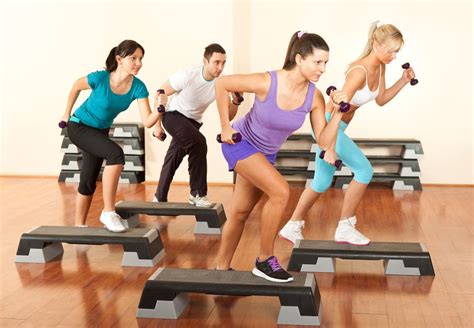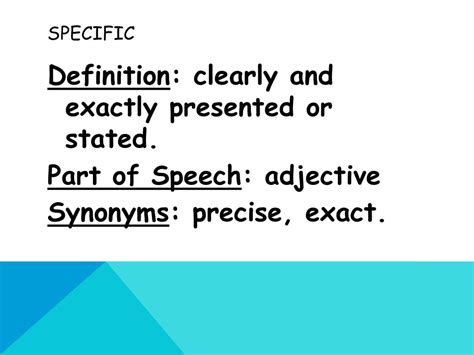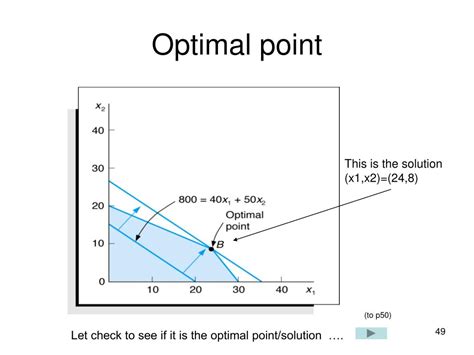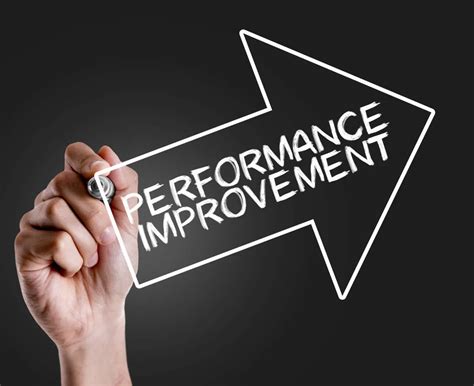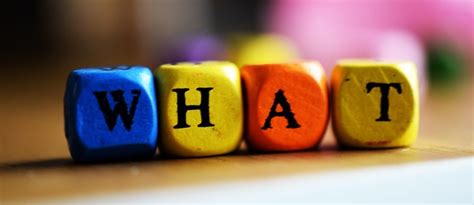Which wearable offers most actionable data for peak performance & recovery optimization?

The Quest for Optimal Performance and Recovery
In the competitive landscape of health and fitness technology, wearable devices have emerged as indispensable tools for individuals striving to reach peak physical condition and recover efficiently. From elite athletes to everyday fitness enthusiasts, the demand for precise, actionable data is higher than ever. But with a myriad of options flooding the market, each promising revolutionary insights, how do you determine which wearable truly delivers the most valuable information for optimizing both performance and recovery?
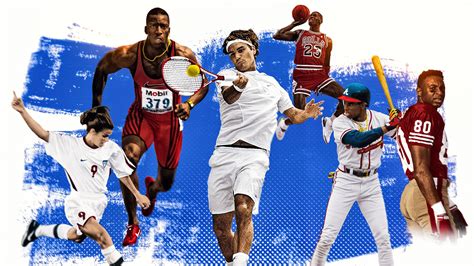
Decoding the Data: Key Metrics That Matter
Not all data is created equal. While many wearables track a plethora of metrics, the true value lies in their ability to translate raw numbers into actionable insights. For peak performance and recovery, several key metrics stand out:
- Heart Rate Variability (HRV): A crucial indicator of autonomic nervous system balance, reflecting stress, recovery, and readiness to train.
- Sleep Stages & Quality: Deep sleep and REM sleep are vital for physical restoration and cognitive function.
- Body Temperature Trends: Can indicate illness, recovery status, or even menstrual cycle phases.
- Training Load & Strain: Measures the physiological stress of workouts.
- Recovery Scores & Readiness Metrics: Proprietary algorithms that synthesize various data points into a single, easy-to-understand score.
- Activity & Movement Tracking: Step counts, calories burned, active minutes, and GPS data for outdoor activities.
Leading Contenders: A Deep Dive
Oura Ring: The Sleep and Recovery Specialist
The Oura Ring excels in passive monitoring, particularly focusing on sleep and recovery. Worn discreetly on the finger, it collects highly accurate data on sleep stages (REM, deep, light), resting heart rate, heart rate variability (HRV), respiratory rate, and body temperature. Its daily ‘Readiness Score’ is a composite metric that considers your recent activity, sleep quality, and physiological signals to advise on how much you should push yourself that day. This makes it incredibly actionable for recovery optimization and understanding your body’s baseline.

Whoop: Strain, Recovery, and Sleep Balance
Whoop is designed with athletes in mind, offering a holistic view of strain, recovery, and sleep. Its core offering revolves around a daily ‘Recovery Score’ and ‘Strain Score.’ The Recovery Score, like Oura’s Readiness, uses HRV, resting heart rate, and sleep performance to tell you how recovered you are. The Strain Score quantifies the physiological exertion of your day, whether from workouts or daily stressors. Whoop’s actionable advice focuses on balancing these two, guiding users on optimal sleep duration and intensity of upcoming training sessions. It’s particularly strong for those who want to meticulously manage their training load.
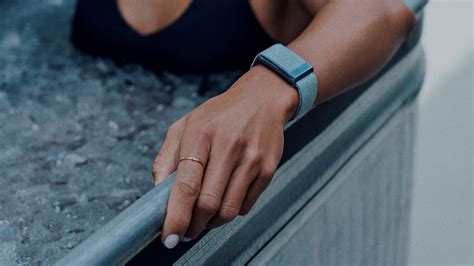
Garmin & Apple Watch: Comprehensive Fitness Ecosystems
While Oura and Whoop specialize, devices like Garmin watches and the Apple Watch offer broader functionality. Garmin, especially its Fenix or Forerunner series, is a powerhouse for active performance tracking, offering advanced metrics for running, cycling, swimming, and more. It provides GPS data, training load, VO2 max estimates, recovery time advisories, and increasingly, sleep and HRV tracking. Apple Watch, a market leader, integrates seamlessly with the iOS ecosystem, offering robust activity tracking, heart rate monitoring, ECG capabilities, and advanced workout metrics, alongside growing sleep and recovery insights with watchOS updates. Their strength lies in combining performance tracking with smartwatch convenience and a vast app ecosystem.
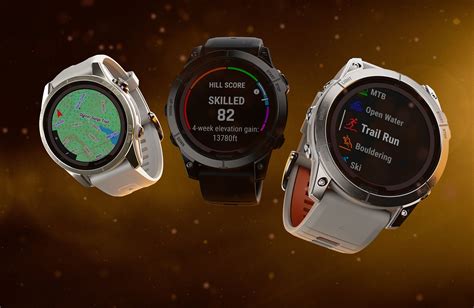
Which One Offers the MOST Actionable Data?
The answer largely depends on your primary focus:
- For deep recovery insights and physiological readiness: The Oura Ring and Whoop lead the pack. Their daily readiness/recovery scores, derived from robust sleep and HRV data, offer direct guidance on whether to push hard or prioritize rest. Whoop’s unique strain metric adds another layer for athletes managing intense training.
- For active performance tracking and comprehensive fitness monitoring: Garmin watches excel with their sport-specific metrics, detailed GPS, and advanced training load analysis. The Apple Watch offers a more consumer-friendly approach with strong general health features and a vast app ecosystem, making its data actionable across a broader lifestyle.
Ultimately, the ‘most actionable’ data is the data you understand and use to make informed decisions. A device that provides complex metrics without clear interpretation is less actionable than one with simpler scores that effectively guide your daily choices.

Making Your Choice
Consider your priorities: Are you an elite athlete focused on micro-managing training load? A busy professional trying to balance stress and recovery? Or someone looking for general health insights? Evaluate the device’s accuracy, the clarity of its insights (are scores easy to understand?), and how well it integrates into your daily routine. The best wearable is the one that empowers you to make smarter choices about your performance, training, and recovery, consistently and effectively.


